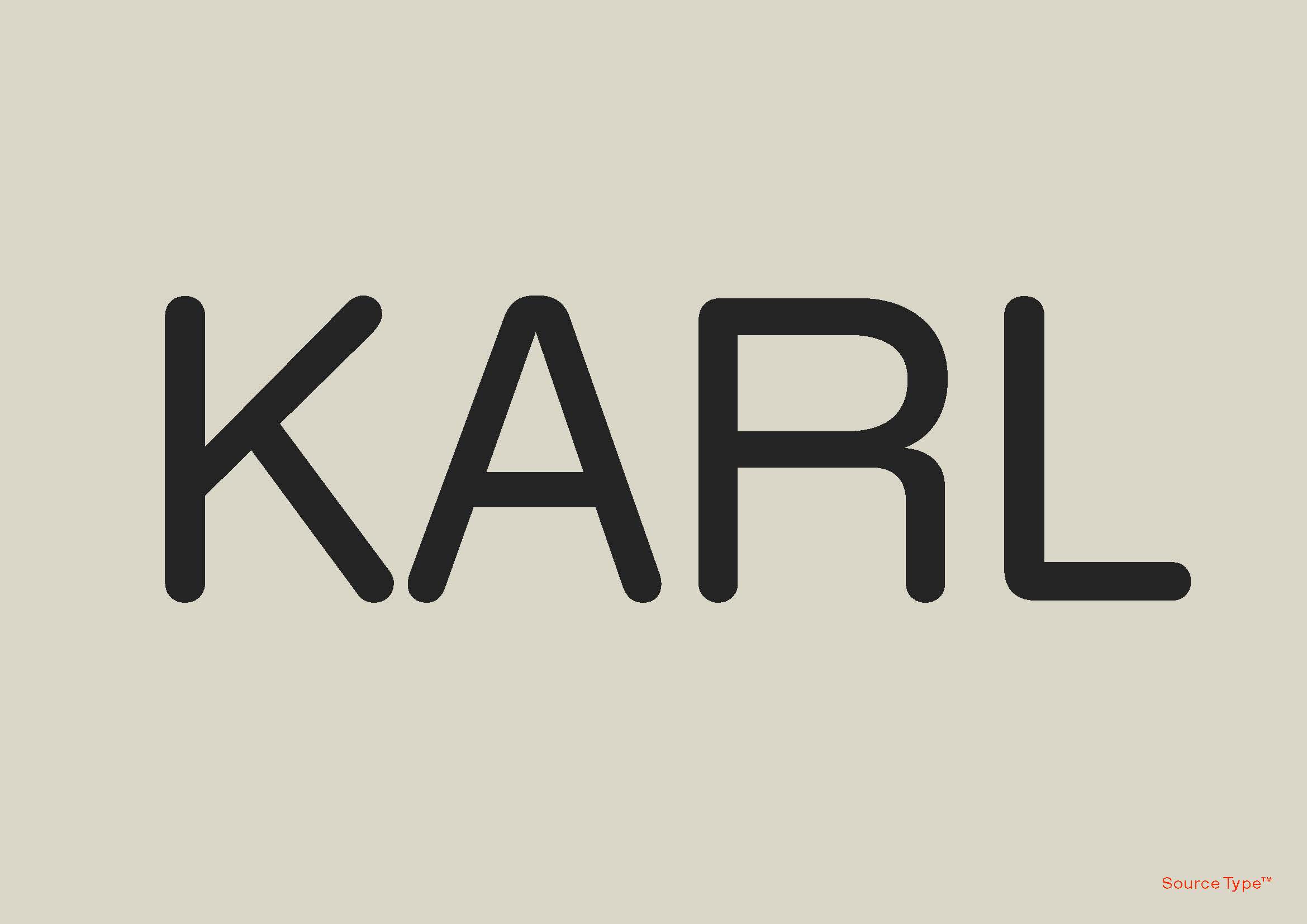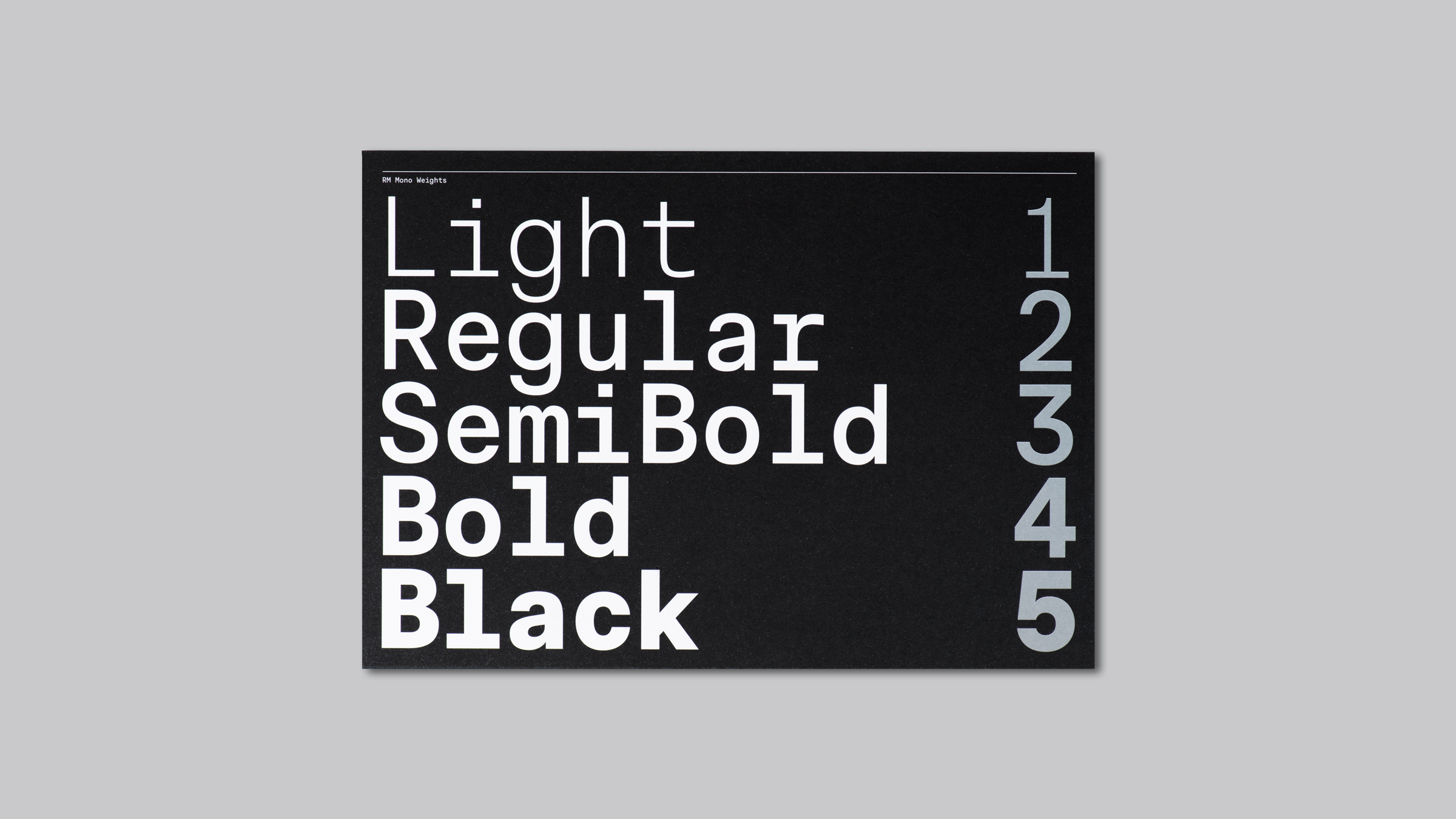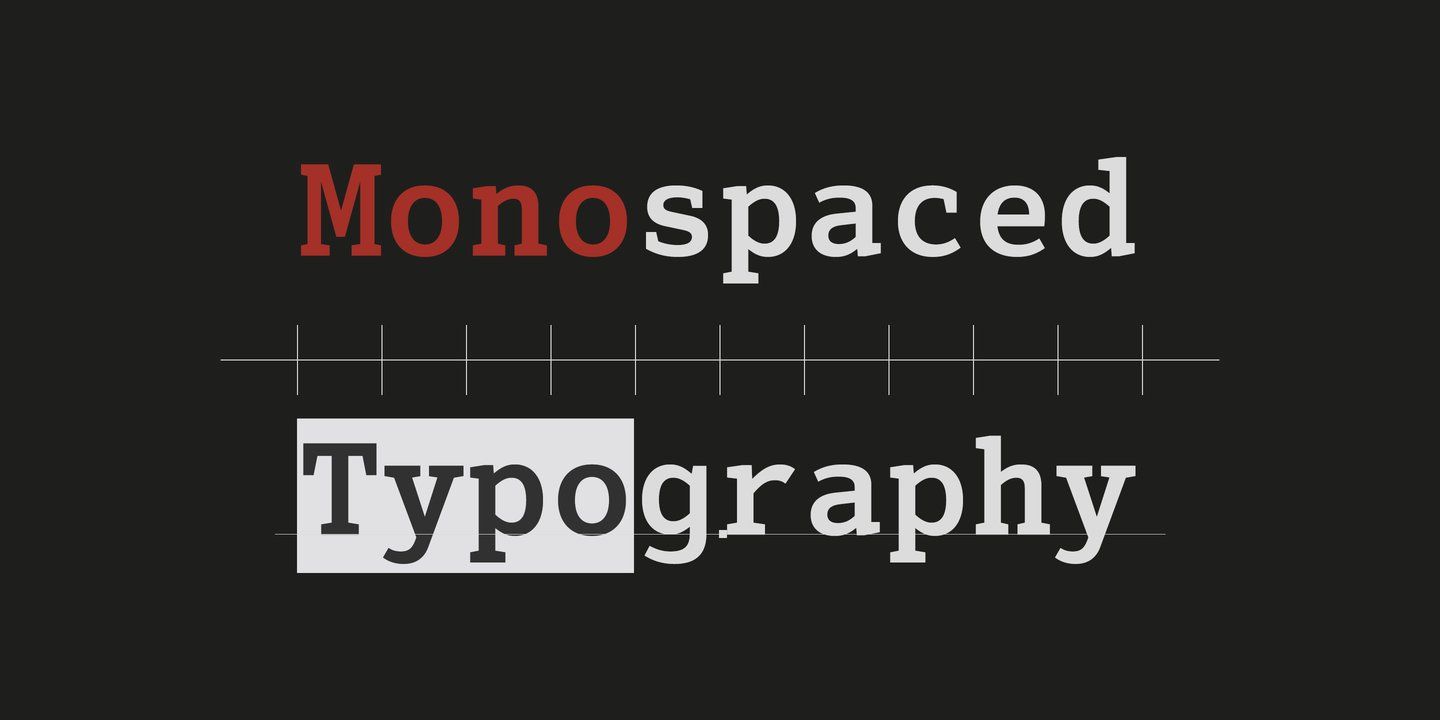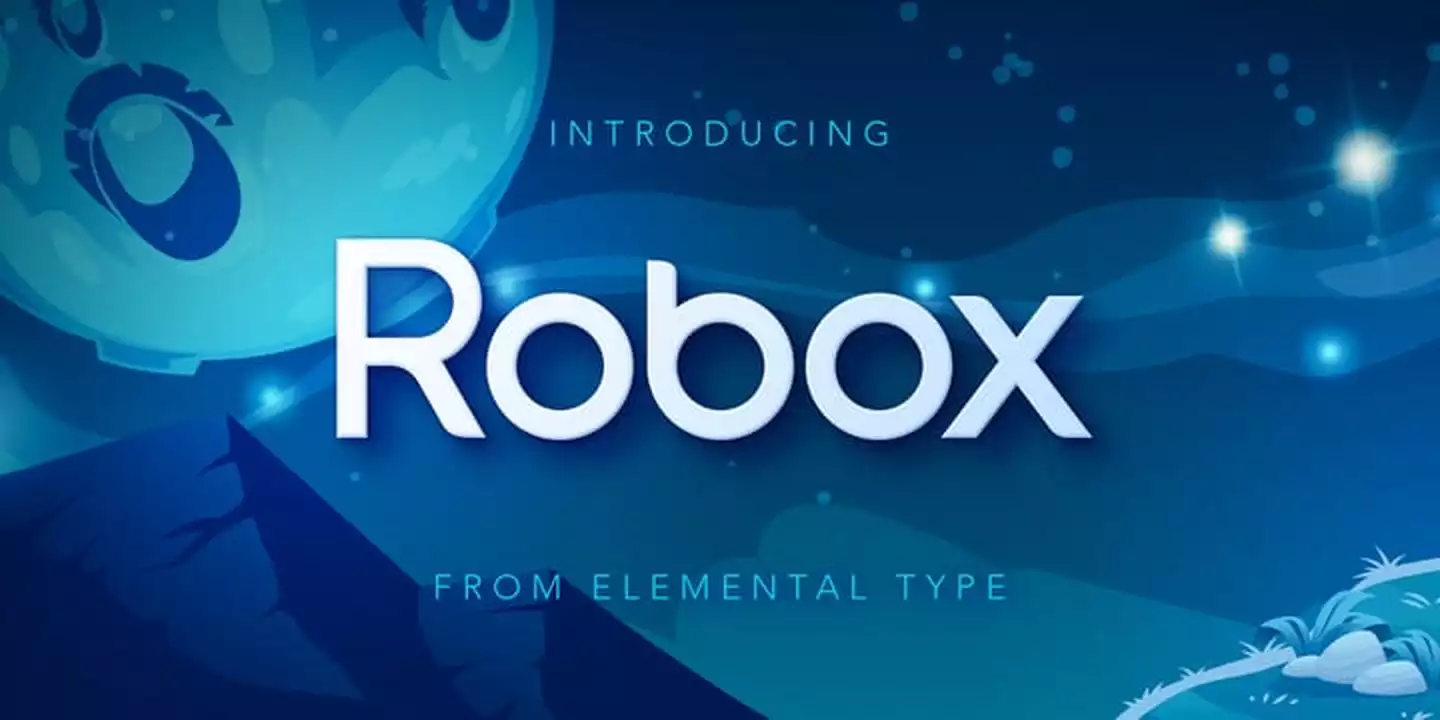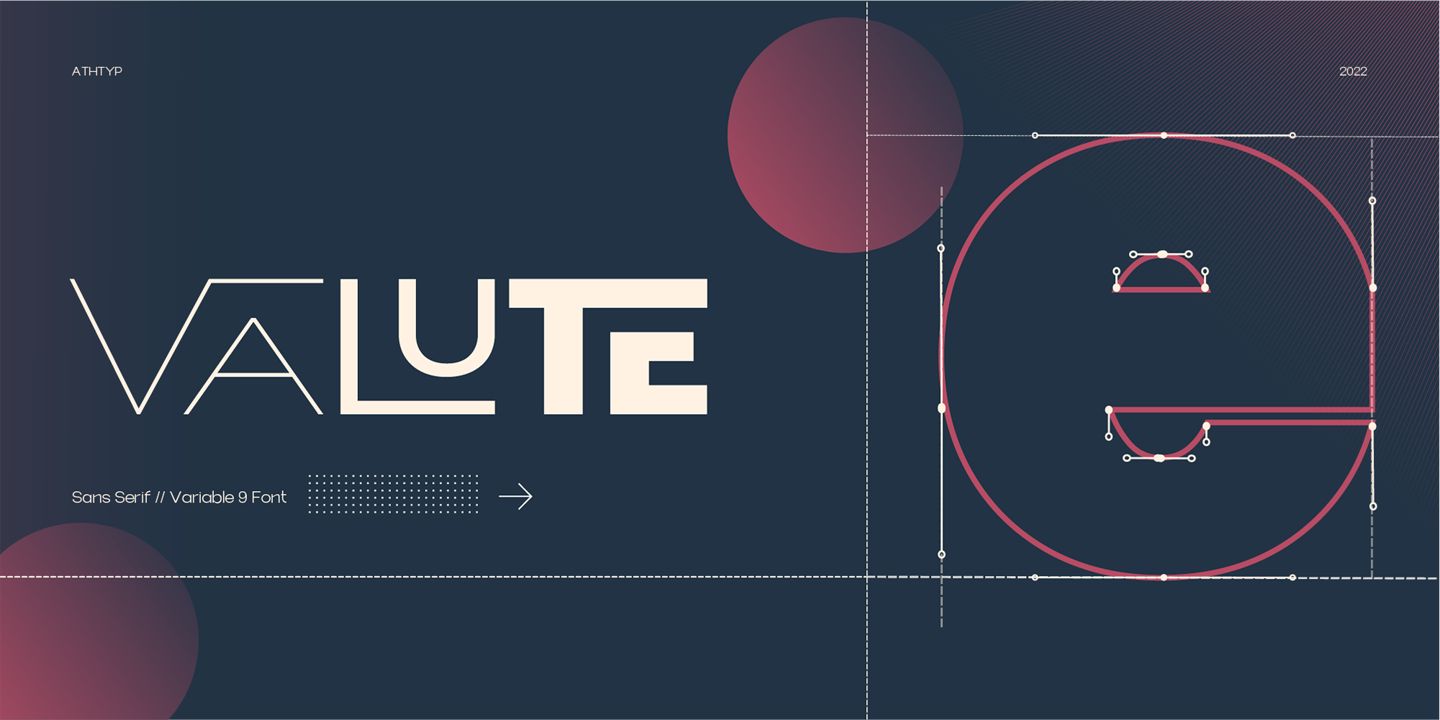The history of rounded type is strange and diverse, from baked bread letterforms to bubbly corporate tech logos. While today rounded type might be a stylistic genre, it’s interesting to understand its evolution as a product of technological or production constraints. Take, for example, wood type where it was easier to mill curved forms as opposed to right angles. Or highway signage, where text would appear blurred from backlighting, making words look different in the day versus the night.
The latter was a consideration for Karl Gerstner in 1964 as a part of a proposed identity for Shell, where the logo is most often seen while driving. Gerstner, together with his agency GGK, proposed a rounded Sans Serif font to reference the viscosity of oil and simulate the effect of light projected through a sign. Unfortunately, the pitch was “received with applause, and rejected with regret” and the typefaces was subsequently shelved in the archives.
Nearly 50 years later, Laurenz Brunner discovered the project during an apprenticeship at GGK and committed to expand on Gerstner’s original pioneering concept. The result is the aptly titled typeface “Karl,” which acts as a homage to its namesake, moving beyond the original cut into a full family of different weights including a monospace and a phatty.
Karl Font Free Download














